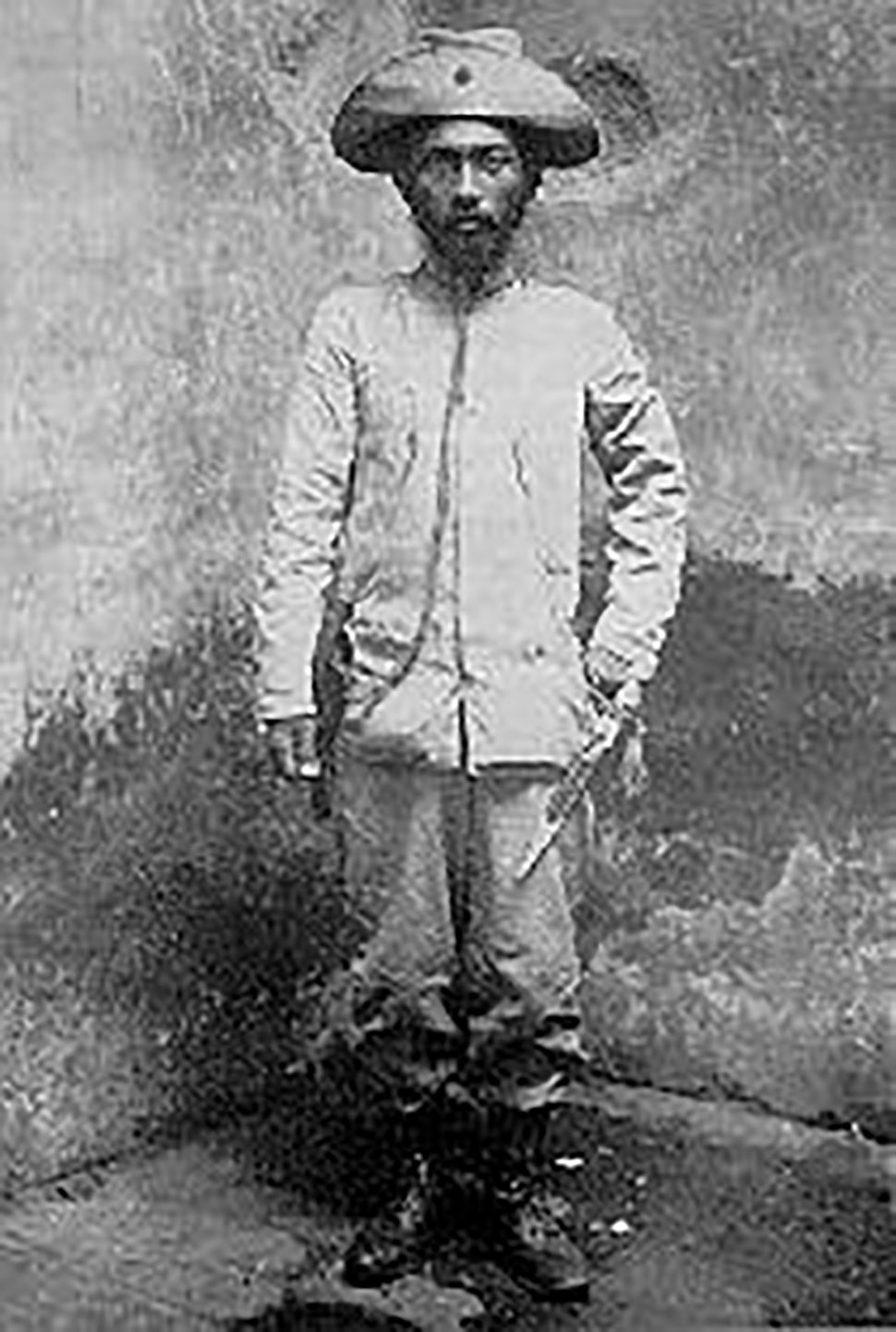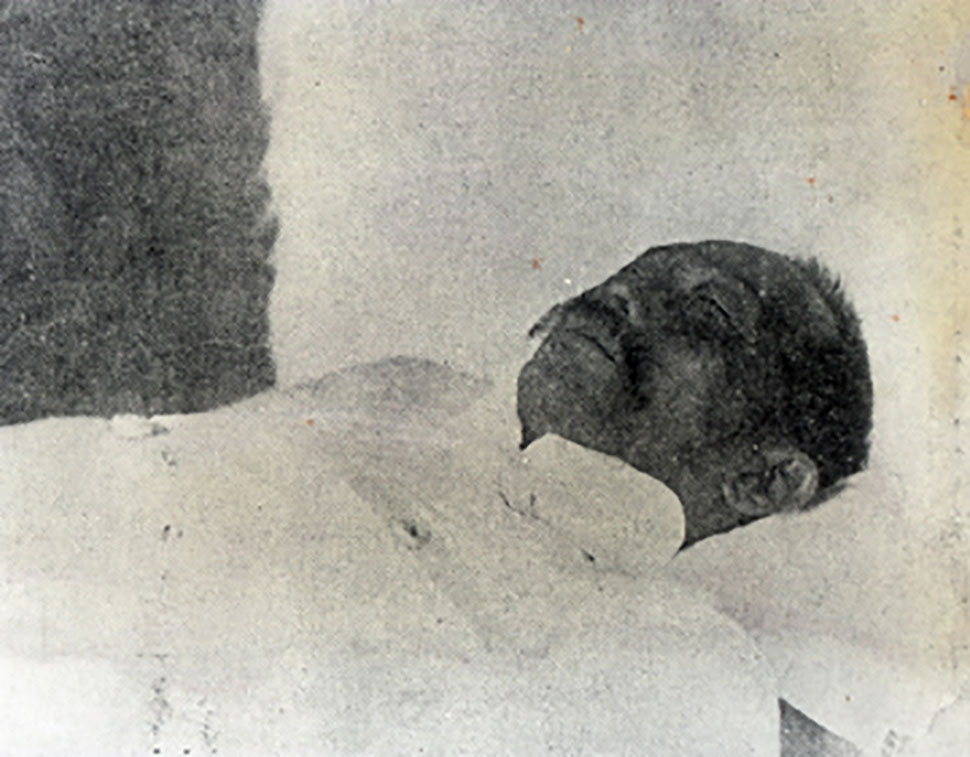Miguel Malvar Was the Forgotten President of the Philippine Republic

It is generally considered common knowledge that Emilio Aguinaldo was the first President of the Philippines, although there is some heated debate on whether or not to consider the Supremo of the Katipunan, Andres Bonifacio, as President, as well. Another significant debate also exists: Who succeeded Aguinaldo as President?
Officially, the National Historical Commission of the Philippines considers Manuel L. Quezon to be the next President, by virtue of the creation of the Philippine Commonwealth and the elections of 1935. However, there are arguments to be made that suggest that there was a direct successor to Aguinaldo’s presidency.
A true son of the Revolution, Miguel Malvar took up the reins of the Revolutionary government after Aguinaldo was captured in Palanan, Isabela on March 23, 1901. He held out for at least a year before he, too, eventually surrendered.
Malvar was the prototypical Katipunero officer. A far cry from the peasant farmers who made up the majority of the Katipunan rank-and-file, the Malvars were famously wealthy in their hometown of Santo Tomas.
Malvar could have easily lived a privileged life. He studied in private schools around Santo Tomas, Lipa, and Tanauan, but chose not to pursue higher education in Manila. He instead chose to take up the sickle and go into farming, buying up land around his hometown and near Mt. Makiling, planting oranges and other crops.
It's not that he tried to escape the affluence of his family name. In 1891, he married Paula Maloles, herself an influential neighbor in Santo Tomas. His connections also allowed him to strike a friendship with the Rizals in Calamba, particularly with doctor Jose Rizal and his eldest sister, Saturnina. Saturnina even lent Malvar P1,000 as capital for his business ventures.
Malvar was known for his seriousness in everything he did. His diligence and tendency to give everything he had meant that, by 1896, he lived a cozy middle-class life with his family and his oranges.
But things did not turn out this way. At some point, Malvar joined the Katipunan, sharing with Bonifacio and the other Katipuneros a dream of an almost mythical Katagalugan, a nation filled with men of pure hearts and iron

He quickly heeded the call after news of the Revolution broke out. Malvar rallied his men and disarmed the local
By the end of the year, Malvar had 75 men under his command. In January 1897, he made contact with Aguinaldo, who was making headway in Cavite after failing to support Bonifacio’s initial attack in San Juan del Monte.
Malvar fought with Aguinaldo in key battles in Cavite, eventually rising to Lieutenant General. After the Tejeros Convention and Bonifacio’s assassination at Aguinaldo’s hands, Malvar returned to Batangas to consolidate his forces and rally support. He closely followed the negotiations in Biak-
He did not stay in Hong Kong for too long. Malvar returned to Manila on June 15, 1898, three days after Aguinaldo declared independence in Kawit. He had 2,000 rifles and quickly worked to get them to revolutionary hands. Malvar set up camp in Lipa, Batangas and organized the forces around South Luzon, ensuring the success of the Revolution’s second phase.
Rest did not come for Malvar, however. The Americans occupied Manila in August 1898 and declared war shortly afterward. He, like many others, saw the American incursion as a continuation of the war for independence. The final goal was never to simply kick the Spanish out. It was to usher in a new society.
Malvar rode for Laguna and tried his best to defend town after town, but America's strength of arms proved deadlier. These defeats, along with the assassination of Antonio Luna (by Aguinaldo’s hand once again), demoralized the revolutionary forces, but Malvar knew better. He was pushed back to familiar stomping grounds, Mt. Makiling, and began to prepare for guerilla warfare.

To combat this, the Americans employed a system of internment camps with the aim of destroying supply lines and breaking the guerillas’ morale. But they didn’t know Malvar’s will was pure iron. As early as 1900, the Americans wished for him to capitulate, saying in a letter that: “I will feel
Malvar replied that he will not surrender. He felt no ill will toward his opponent, explaining that “our shots demand not the death of any American, but the freedom of a people who for 300 years have dragged the chain of slavery.” The struggle continued.
Aguinaldo’s capture in 1901 meant that Malvar became the highest-ranking officer in the military hierarchy. By virtue of Aguinaldo’s succession law, this meant that he was the President. Malvar assumed full command by July 31, which was affirmed by the overseas Hong Kong military junta, and quickly directed all remaining forces to continue the fight.
Conditions were far from favorable, however. Supplies were dwindling, and his mass base was all but gone. Each raid meant more losses than gains. His fellow Filipinos were being crushed under the American internment program. Although Malvar’s will was pure iron, his officers were not so tough, and soon, they began to desert or surrender as well.
In the end, no man managed to make Malvar surrender. Instead, it was Maloles, his faithful wife, who managed to convince him to lay down arms. And so, on April 16, 1902, exhausted and out of supplies, President Miguel Malvar surrendered, with all his men, to the Americans.
At this point, Malvar decided to focus on his family. He shied away from politics, although he was offered any position that he wanted. Instead, he went back to farming and his commercial pursuits, wanting to “leave something for his family.” He lived in peace for nine years before succumbing to kidney failure on October 13, 1911. Malvar was 46 years old.
Malvar exemplified Filipino attitudes during the war. He, like many Katipuneros, truly believed in the anti-colonial and anti-feudal nature of the Philippine Revolution. His life offers multiple insights to the lives, attitudes, and insights of the regular Filipino, outside of writings and biographies of notable personalities like Aguinaldo and so on.
Today, the municipality of Malvar in his home province of Batangas is named after him, and though we may not consider him to be our President, it is undeniable that Miguel Malvar is nothing short of a hero.
Sources:
Guerrero, M. (2015) Luzon at War: Contradictions in Philippine Society, 1898-1902. Anvil Publishing.
Manuel, E. (1955) The Dictionary of Philippine Biography Volume 1. Malacanang.gov
Ileto, R. (1979) Pasyon
Agoncillo, T. (1990) History of the Filipino People, 8th ed.


